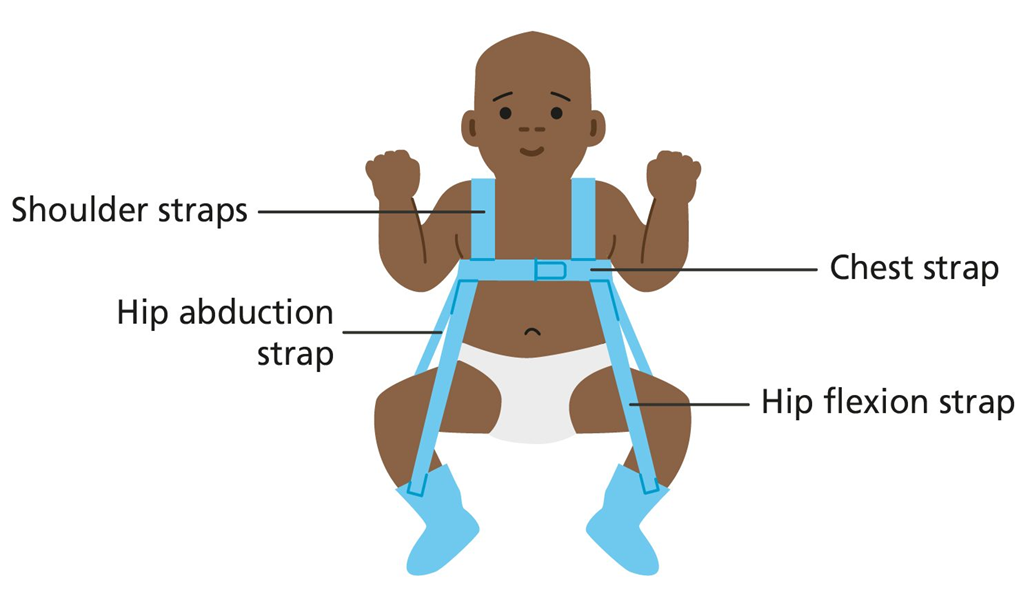Type 1 diabetes mellitus is suspected in a child. Which clinical manifestation may be present?
Weight loss despite increased eating
Pale, moist skin
Weight gain and fluid overload
Poor sleep with frequent awakening
The Correct Answer is A
Choice A reason:
Weight loss despite increased eating is a classic symptom of type 1 diabetes mellitus in children. This occurs because the body is unable to use glucose for energy due to a lack of insulin. As a result, the body starts breaking down fat and muscle for energy, leading to weight loss even though the child may have an increased appetite.
Choice B Reason:
Pale, moist skin is not typically associated with type 1 diabetes mellitus. This symptom is more commonly related to conditions such as anemia or infections. In type 1 diabetes, the skin may actually appear dry due to dehydration caused by high blood sugar levels.
Choice C Reason:
Weight gain and fluid overload are not characteristic of type 1 diabetes mellitus. In fact, children with type 1 diabetes often experience weight loss. Fluid overload is more commonly seen in conditions such as heart failure or kidney disease.
Choice D Reason:
Poor sleep with frequent awakening is not a specific symptom of type 1 diabetes mellitus. While children with diabetes may experience nocturia (frequent urination at night) due to high blood sugar levels, this is not the primary clinical manifestation. The main symptoms are related to hyperglycemia and the body’s inability to use glucose for energy.
Nursing Test Bank
Naxlex Comprehensive Predictor Exams
Related Questions
Correct Answer is ["A","B","D","E"]
Explanation
Choice A reason:
Jaundice can be an assessment finding in infants with a urinary tract infection (UTI). UTIs can cause systemic symptoms in infants, including jaundice, especially in newborns. This is due to the immature liver function and the body’s response to infection1. Jaundice in the context of a UTI requires prompt medical evaluation and treatment to prevent complications.
Choice B reason:
Failure to gain weight is another possible assessment finding in infants with a UTI. Infants with UTIs may experience poor feeding, irritability, and lethargy, which can contribute to inadequate weight gain2. Monitoring an infant’s growth and development is crucial, and any signs of failure to thrive should prompt further investigation for underlying conditions such as UTIs.
Choice C reason:
Swelling of the face is not typically associated with UTIs in infants. While facial swelling can be a sign of other medical conditions, it is not a common symptom of UTIs. UTIs primarily affect the urinary system and may cause symptoms such as fever, irritability, and poor feeding.
Choice D reason:
Persistent diaper rash can be an assessment finding in infants with a UTI. The presence of a UTI can lead to increased urine output and changes in urine composition, which can irritate the skin and contribute to diaper rash. Persistent or recurrent diaper rash in conjunction with other symptoms may warrant further evaluation for a UTI.
Choice E reason:
Vomiting is a common symptom in infants with UTIs. The infection can cause gastrointestinal symptoms such as vomiting, diarrhea, and poor feeding. These symptoms, along with fever and irritability, are often seen in infants with UTIs and should prompt medical evaluation.
Correct Answer is B
Explanation
Choice A reason:
Removing the harness several times a day is not recommended. The Pavlik harness should be worn continuously as prescribed by the doctor to ensure proper hip development. Removing it frequently can disrupt the treatment and may lead to complications.
Choice B Reason:
Placing a superabsorbent disposable diaper over the harness is important to keep the harness clean and dry. This helps prevent skin irritation and maintains hygiene. It is essential to ensure that the diaper is properly positioned to avoid any interference with the harness.

Choice C Reason:
Returning to the clinic every 12 weeks for adjustment of the harness is not accurate. Typically, follow-up visits are more frequent, especially in the initial stages of treatment. Regular adjustments are necessary to ensure the harness is fitting correctly and effectively promoting hip development.
Choice D Reason:
Applying lotion or powder to minimize skin irritation is not recommended. Lotions and powders can accumulate and cause further irritation or infection. Instead, keeping the skin clean and dry is the best way to prevent irritation while using the Pavlik harness.
Whether you are a student looking to ace your exams or a practicing nurse seeking to enhance your expertise , our nursing education contents will empower you with the confidence and competence to make a difference in the lives of patients and become a respected leader in the healthcare field.
Visit Naxlex, invest in your future and unlock endless possibilities with our unparalleled nursing education contents today
Report Wrong Answer on the Current Question
Do you disagree with the answer? If yes, what is your expected answer? Explain.
Kindly be descriptive with the issue you are facing.
